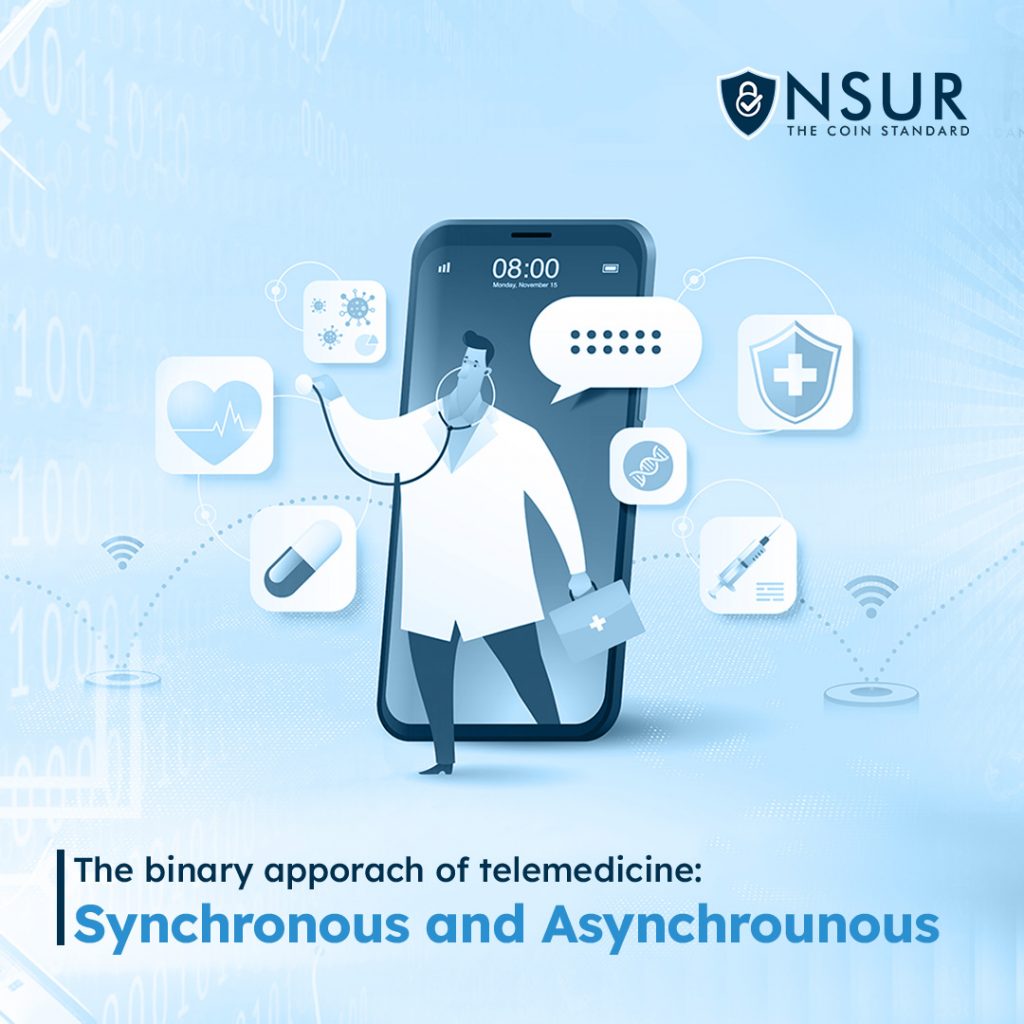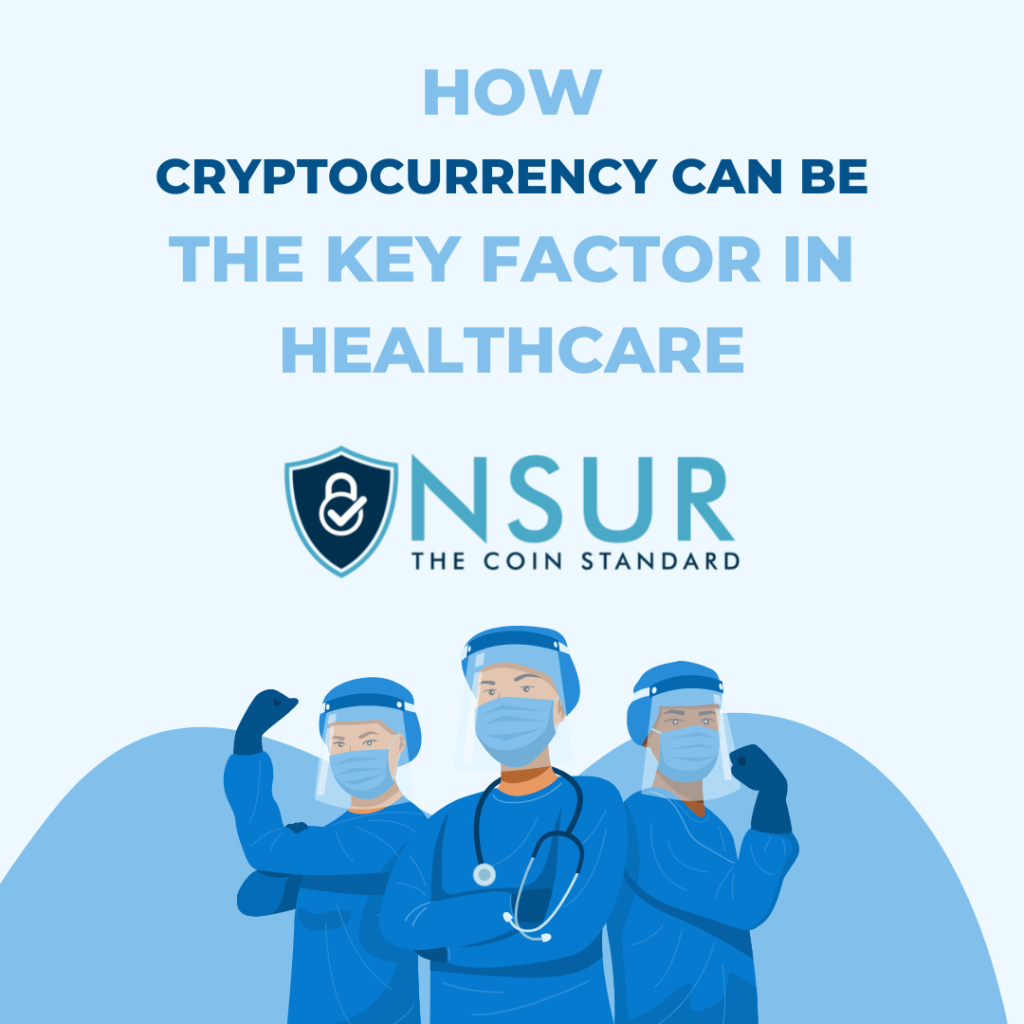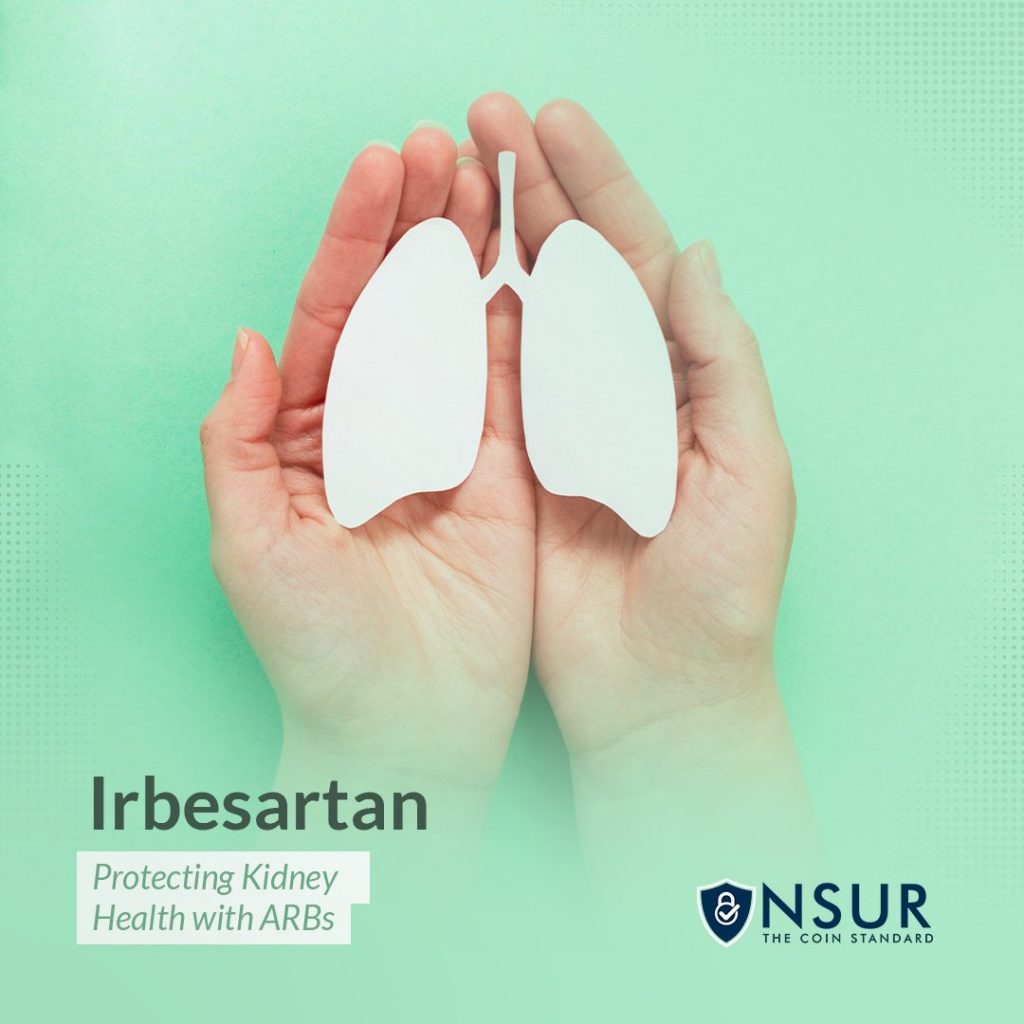A broad overview of real-time and store-and-forward.

Remote care has become a popular approach in the healthcare setting as digital health has advanced, particularly in light of the pandemic’s impact. Telehealth encompasses telemedicine, health education, patient-provider communication, remote monitoring, non-prescription delivery, training, and a wide range of other technologies and services.
You may have come across the terms synchronous and asynchronous telemedicine while working on your options for telemedicine and telehealth solutions. The key to achieving the telemedicine program’s purpose is understanding how these types of telemedicine tools differ and what makes them unique. Patients and providers benefit significantly from both types of telehealth.
So, let us understand what exactly is synchronous and asynchronous telemedicine?
Synchronous Telemedicine
Synchronous telemedicine signifies having conversations in real time. The patient and the healthcare provider are meeting in person or via video chat. By combining synchronous telehealth with virtual visits, an in-depth patient-provider communication(PPC) can be achieved and information can be exchanged efficiently. As a result, the provider can evaluate the patient in person and obtain valuable information about their care and condition. Here are some examples of how synchronous telemedicine is used.
- Video evaluations in live time
- Real-time activity monitoring
- Quality of life consultations for patients in the hospital
- Physical therapy sessions in real time
- Primary care provider and medical specialist consultation
- Calling and providing helpline regarding patient symptoms or in emergency cases
- Real-time care plan education through video or phone call
Synchronous telehealth provides timely care, walk-in services, particularly in emergencies or urgent situations, and preserves the doctor-patient relationship by enabling face-to-face analysis and treatment. The physician can see the patient, examine, and interact with them as if they were in a doctor’s clinic or hospital. Patients could save money by shifting from more expensive care settings to synchronous audio-video telehealth consultations. Convenience, access, and efficiency of care can be improved by using the synchronous telehealth model.
Asynchronous Telemedicine
Asynchronous telemedicine is the opposite of synchronous, it is also called store-and-forward telehealth. In this model you can share all types of data, like forwarding a video or audio message to a health practitioner, text messages and emails, questions of medical records, but there is no live communication. For example, you can take a picture of the skin lesion and share it with a dermatologist, he/she will check it out and send you a diagnosis immediately or later, as the communication is not live.
You don’t need all the parties of the conversation to be there at the same time and or at the same place. It can increase efficiency of practices in managing their workload and it provides a convenience setting for transmitting large amounts of their data.
Asynchronous telehealth allows healthcare workers to connect with remote patients and communicate with colleagues with greater convenience and flexibility. Dermatology, radiology, orthopedics, ophthalmology, and cosmetic surgery are just a few of the specialties that use the asynchronous “store-and-forward” approach. Having said that, any patient population that will benefit from store-and-forward communication can use asynchronous telehealth. Asynchronous telehealth examples include:
- Text communication between a patient and a provider
- Sharing of wound imaging X-rays or MRIs, patient’s medical investigation reports
- Video sharing of physical therapy exercises
- Questionnaires for symptom surveys
- Educational tests
- Effective method of tackling cultural and language barriers
- AI chatbots
It has downsides too, such as delays in response may lead to delays in evaluation and treatment. Communication may be less efficient and less personal. However, as an alternative to face-to-face care, asynchronous telehealth is available when the patient, nurse, and doctor are unable to reach each other simultaneously. A study reported in the Journal of General Internal Medicine compared the benefits of asynchronous telemedicine to traditional clinical visits. It concludes that patients who participated in virtual visits had a reasonable improvement in their health, especially in hypertensive patients, which was nearly equal to those who attended in-office visits.
Conclusion
To summarize, telehealth, in whatever form it takes, provides numerous benefits to health care workers and patients worldwide. In some cases, asynchronous care outperforms synchronous care, and vice versa. Telehealth is still a new concept in the world of healthcare, and as always, the number one priority is to provide high-quality patient care. The best way to assure this is to ensure that the virtual care they receive, whether through an asynchronous or synchronous method, is organized and well-executed. As telemedicine develops in the coming years, we will have to learn about synchronous and asynchronous telemedicine. In the end, it does not matter if it happens, but how we make the most of it.











